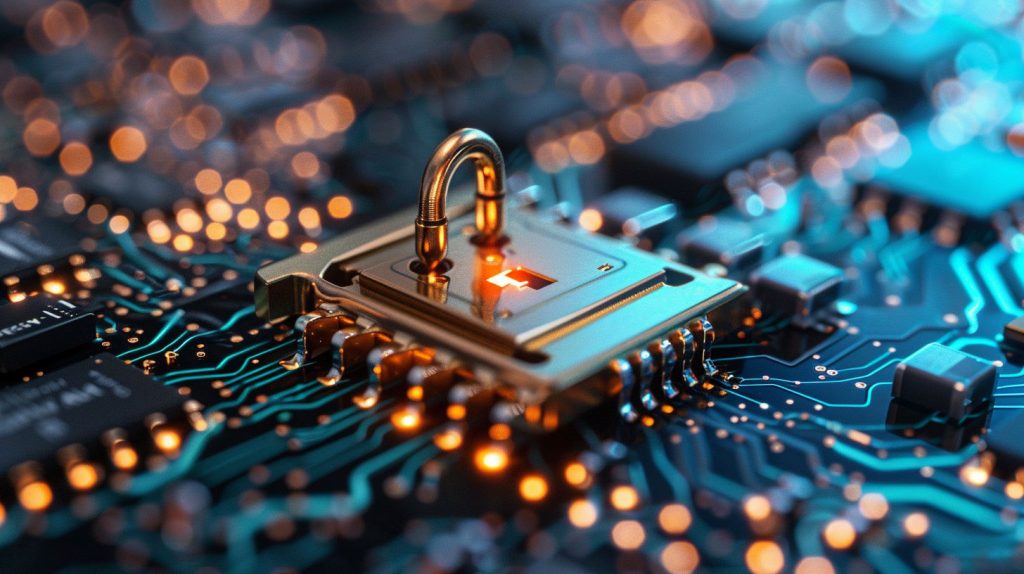As the world delves deeper into the digital realm, concerns about cybersecurity are escalating. From sophisticated threats like social engineering to the increasing risk of data breaches, we face new forms of cyber dangers daily. Protecting our systems and data against these threats is vital for maintaining business continuity and public trust. Documents can always be protected with digital copies made by yourself with scanner.biz.
In this blog post, we explore the critical importance of cybersecurity in today’s world, examining its relevance and the challenges faced in defending against online threats.
Understanding cybersecurity
Cybersecurity involves defending digital infrastructure and systems from unauthorized interference and influence. Its relevance grows as we increasingly rely on digital infrastructure. Cybercrime affects not only businesses and governments but also individuals. As data becomes more essential, the importance of cybersecurity rises. It protects sensitive information, such as Protected Health Information (PHI), Intellectual Property (IP), and other classified data belonging to corporations or governments.
Various cyber threats
The most common types of cyber threats are malware, phishing, and ransomware. Malware encompasses harmful bots or viruses infiltrating your digital infrastructure. These come in various forms, with different purposes like stealing information, shutting down systems, or influencing actions. Examples include rootkits, trojan viruses, and cryptojacking.

Phishing is another major threat, using techniques to gain access to private information such as email IDs and bank account details.
Ransomware attacks can disable or manipulate IT systems, with hackers typically demanding a ransom to restore systems.
Impact of cyber attacks
Imagine a hacker accessing your email account—they could blackmail you, disrupt your work, and steal personal information. Moreover, they might infiltrate your other accounts linked to that email. The potential damage is enormous. Fortunately, if the original documents are available, you can create a new digital copy whenever needed using https://scanner.biz/. Cybersecurity is crucial to prevent such incidents.
AI and deepfakes
Deepfakes are manipulated media, usually videos or audio, where someone’s likeness is replaced with another’s using advanced AI tools and techniques, particularly:
- Machine Learning: Deepfakes utilize machine learning algorithms, especially those for facial recognition, to analyze and understand source video data. This enables AI to identify facial features, expressions, and movements.
- Artificial Neural Networks: Deepfakes often rely on neural networks like Generative Adversarial Networks (GANs), which feature two competing AIs—one generating realistic-looking manipulated content and the other trying to detect the fake. This iterative process enhances the deepfake’s authenticity.

The dual role of AI in deepfakes
AI serves as both the catalyst and the cure in the realm of deepfakes. Here’s an exploration of its dual roles:
- Crafting Deepfakes: AI facilitates the creation of deepfakes, making them more accessible and convincing. With affordable software and advanced processing power, high-quality forgeries are now within reach.
- Uncovering Deepfakes: On the flip side, researchers are harnessing AI to develop tools that can detect visual and audio inconsistencies, identifying manipulated content effectively.
The future of AI and deepfakes is likely to be a continuous battle of wits. As creators of deepfakes evolve their techniques, AI developers are simultaneously advancing detection technologies. Staying informed and cultivating a healthy skepticism towards online content is essential.
Strategies for enhanced protection
Ordinary users can enhance their security by adopting strong, unique passwords for each online account. Avoid using the same password universally.
Businesses can bolster security by implementing multi-factor authentication to safeguard services and protect clients. Keeping software updated is also pivotal in maintaining safety.




